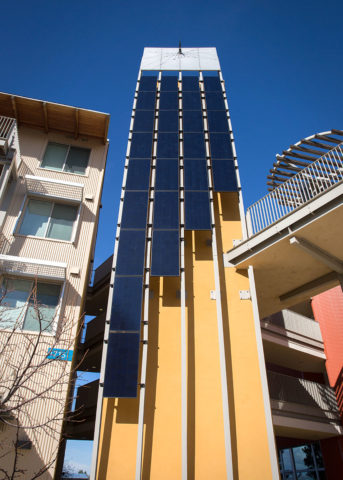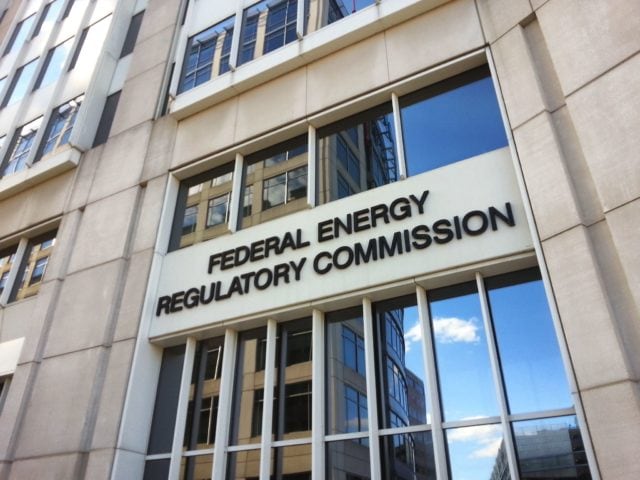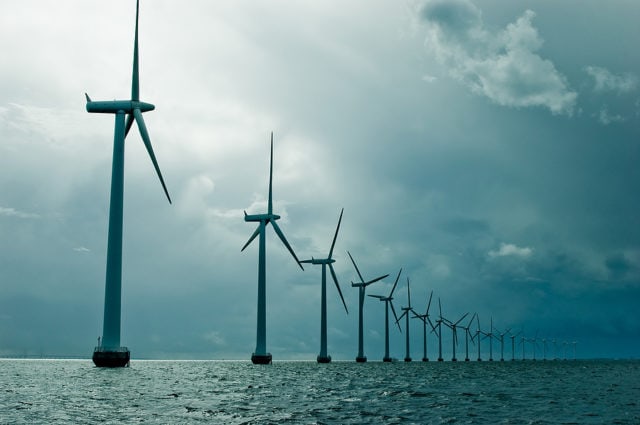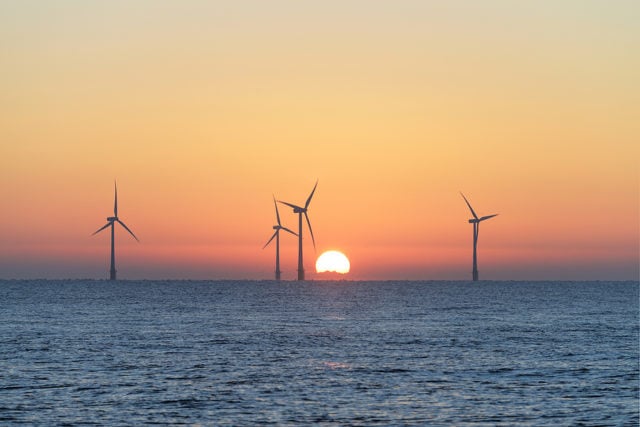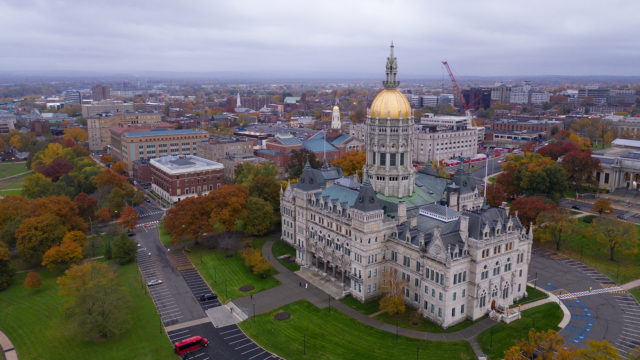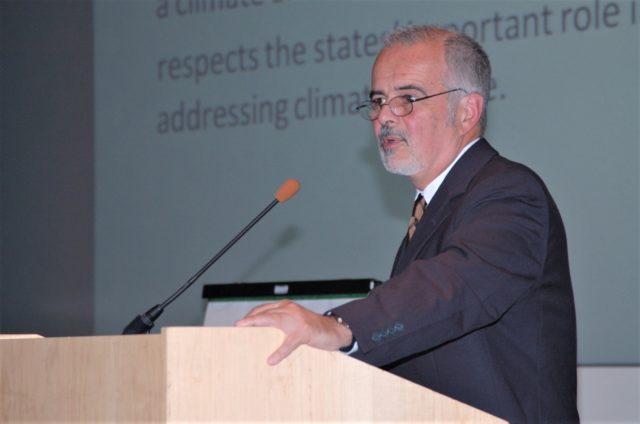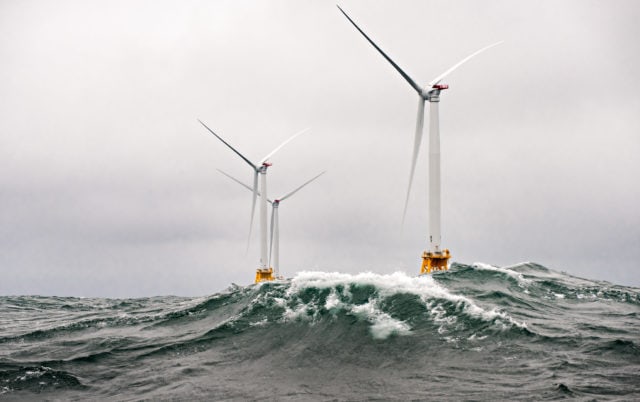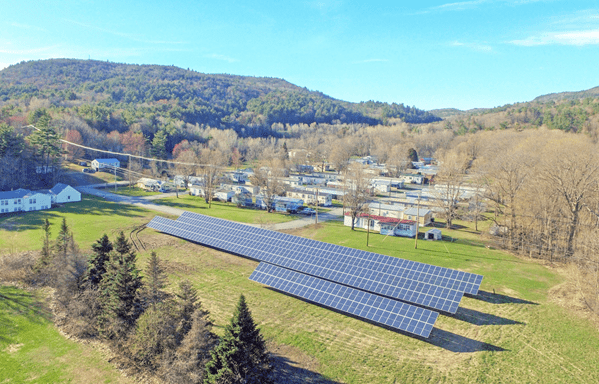CESA Blog
Four Leading State Clean Energy Programs win National Award
The Clean Energy States Alliance is pleased to announce the recipients of the 2024 State Leadership in Clean Energy Awards. Since 2009, the biennial Leadership Awards have recognized outstanding state programs and projects that have accelerated the adoption of clean energy technologies. The four winners were chosen by an independent panel of distinguished judges and…
Decarbonizing Multifamily Affordable Housing Developments in New York State
The New York State Energy Research and Development Authority (NYSERDA) and New York State Homes and Community Renewal (HCR) partnered to accelerate the decarbonization of multifamily affordable housing developments in New York State. The Clean Energy Initiative (CEI) provides a replicable and scalable model to accelerate the decarbonization of affordable housing. The combined budgets and…
California’s 2022 Energy Code: Leading the Country in Decarbonizing the Building Sector
The California 2022 Energy Code for newly constructed and renovated buildings blazes a trail for states and local governments seeking to decarbonize the building sector aggressively, feasibly, and cost-effectively. The updated code, adopted by the California Energy Commission (CEC) in August 2022, encourages electric heat pumps, establishes electric-ready requirements for new homes, and strengthens ventilation…
CESA Submits Comments to FERC on the State Role in Transmission Planning
A transition to a future low-carbon electricity system will require much more transmission to connect new solar and wind generation to markets. That future can only be achieved efficiently and cost-effectively with more coordinated advanced planning and greater involvement from states, including energy policy agencies of state government that develop and implement state clean energy…
Federal Support on Capacity Can Boost Regional Wind Goals
In December 2019, FERC, the federal regulatory body overseeing wholesale transmission and regulating regional transmission system/independent system operators, expanded the Minimum Offer Price Rule (MOPR), effectively prohibiting offshore wind and other state-supported resources from participating in capacity-market auctions. The rule made it difficult for offshore wind providers to participate in capacity market auctions. Now, to…
The Offshore Wind and Green Hydrogen Nexus: Exploring Europe’s Approach
The Clean Energy States Alliance recently released a new report that looks at the development of green hydrogen (H2) from offshore wind. Georgena Terry chatted with report author Val Stori to glean some of the highlights from the report. GT: How might green H2 fit into the energy system? VS: Traditionally, hydrogen has been industrially…
With Forward Capacity Auction Success, Batteries are Winning in New England
Clean energy advocates are celebrating a major energy storage milestone in New England: Plus Power, a San Francisco-based developer of grid-scale batteries, is building the two largest battery projects to date in the region — a 150-MW/300-MWh lithium-ion battery system at Carver, Mass., south of Boston, called Cranberry Point Energy Storage, and a 175-MW/350-MWh lithium-ion…
Connecticut Powers into the Lead with Breakthrough Customer Battery Program
With the long-anticipated approval of its new Statewide Electric Storage Program, Connecticut has just leapfrogged the rest of New England to become the new regional leader in distributed battery storage program development. The new program adopted by the Connecticut Public Utilities Regulatory Authority is a massive 9-year initiative that combines up-front incentives with customer performance…
Clean Energy Group Announces Retirement of Lewis Milford as President; Seth Mullendore Named to Run Organization
Clean Energy Group (CEG), a national nonprofit that works on clean energy and climate, announced the retirement of Lewis Milford, its founder and president. His retirement will become effective on December 31, 2021. Lew Milford founded CEG in 1998, after working over several years on clean energy and utility restructuring dockets in New England while…
Five Months into the Biden Administration: A Whirlwind of Federal Action on Offshore Wind
In late March, President Joe Biden announced an offshore wind goal of 30 GW by 2030 in a manner that protects environmental assets and creates employment. Through a coordinated multi-agency approach, Biden plans to fast track the deployment of utility scale offshore wind. The focus will be on the creation of well-paying jobs, infrastructure investment,…
Solar for Manufactured Homes: The Next Frontier for Energy Equity
There is a growing movement in the clean energy field to bring the benefits of renewable energy to low- and moderate-income communities. A new report by the Clean Energy States Alliance explores the opportunities and challenges of bringing solar to an often-overlooked market that is ripe with potential: manufactured homes. Manufactured homes, formerly referred to…
Browse by Project
- IRA & BIL Implementation
- 100% Clean Energy Collaborative
- Building Decarbonization and Clean Heating/Cooling
- Energy Storage Policy for States
- Energy Storage Technology Advancement Partnership
- Interstate Turbine Advisory Council
- Low- and Moderate-Income Clean Energy
- New England Solar Cost-Reduction Partnership
- Offshore Wind
- Renewable Portfolio Standards
- Scaling-Up Solar for Under-Resourced Communities
- Solar with Justice: Connecting States and Communities
- State Energy Strategies Project
- State Leadership in Clean Energy
- Sustainable Solar Education Project



